The Ultimate Guide to Call Center Performance
Call centers are the backbone of customer service for countless businesses, acting as the first point of contact for customers seeking help, information, or solutions. Ensuring top-notch call center performance... The post The Ultimate Guide to Call Center Performance appeared first on Bigly Sales.

Call centers are the backbone of customer service for countless businesses, acting as the first point of contact for customers seeking help, information, or solutions. Ensuring top-notch call center performance is no small task—it requires a blend of strategy, technology, and human insight.
Poor performance can lead to frustrated customers, lost revenue, and a damaged reputation, while excellence in this area builds loyalty and drives growth.
This guide breaks down everything needed to understand, measure, and improve call center performance, offering clear explanations and practical advice for success.
What Is Call Center Performance?
Call center performance refers to how effectively a contact center meets its goals, such as resolving customer issues, maintaining efficiency, and delivering a positive experience. It’s about answering calls quickly and balancing speed, quality, and cost. A high-performing call center keeps customers happy while keeping operations smooth and affordable.
Think of it as a busy restaurant kitchen. If the cooks rush orders but serve half-cooked meals, customers leave unhappy. If they take too long perfecting every dish, the line grows, and people walk away.
Call centers face a similar challenge: finding the right balance between speed and quality. Performance hinges on measurable factors, like how fast agents answer calls or how often issues are resolved on the first try, and less tangible ones, like customer satisfaction.
Why Call Center Performance Matters
Strong call center performance directly impacts a business’s bottom line. Customers today expect quick, helpful service. When a call center delivers, it builds trust and keeps people returning.
Studies show that 86% of buyers will pay more for a great customer experience, making performance a competitive edge.
On the flip side, weak performance has consequences. Long wait times or unresolved issues frustrate customers, leading to churn. A single bad call can turn a loyal client into a vocal critic, especially in the age of social media.
Poor performance creates stress, burnout, and high turnover for employees, which only compounds the problem. Prioritizing call center performance ensures happy customers, engaged agents, and a healthier business.
Key Metrics for Measuring Call Center Performance
Tracking the right metrics provides a clear picture of a call center’s performance. These numbers act as a dashboard, showing what’s working and where improvements are needed. Below are the essential metrics every call center should monitor.
Average Handle Time (AHT)
Average Handle Time measures how long an agent spends on a call, including talk time, hold time, and after-call work like updating records. A shorter AHT suggests efficiency, but pushing agents to rush can hurt quality. Aim for a balance—quick resolutions that still solve problems.
First Call Resolution (FCR)
First Call Resolution tracks the percentage of issues solved on the first contact. High FCR means fewer repeat calls, happier customers, and less strain on agents. For example, if a customer calls about a billing error and the agent fixes it immediately, that’s a win for FCR.
Customer Satisfaction (CSAT)
Customer Satisfaction scores come from surveys asking customers to rate their experience, often on a scale of 1 to 5. High CSAT reflects happy customers, while low scores signal trouble spots, like rude agents or slow service.
Service Level
Service Level measures the percentage of calls answered within a set time, such as 80% of calls in 20 seconds. It’s a key indicator of accessibility. Missing this target means customers wait too long, risking frustration and hang-ups.
Call Abandonment Rate
The call abandonment rate shows how many callers hang up before reaching an agent. High rates indicate understaffing or long queues. Keeping this low ensures customers get through without giving up.
Agent Utilization Rate
Agent Utilization Rate calculates how much time agents spend handling calls versus idle time. A 75-90% rate keeps agents busy without overwhelming them, leaving room for breaks and training.
Net Promoter Score (NPS)
Net Promoter Score asks customers how likely they are to recommend the business, scored from 0 to 10. It’s a big-picture look at loyalty and ties directly to overall call center performance.
These metrics work together to reveal strengths and weaknesses. Focusing on just one, like AHT, might speed up calls but tank CSAT if customers feel rushed. A holistic approach keeps everything in check.
Tools and Technology for Monitoring Call Center Performance
Modern call centers rely on technology to track performance and spot trends. The right tools make data collection easy and actionable. Here’s what’s essential.
Call Center Software
AI calling tools can track real-time metrics from call volume to agent availability. Dashboards display live stats, letting managers adjust staffing or workflows on the fly.
Quality Monitoring Tools
Quality monitoring records calls and scores them based on politeness and accuracy. Tools like KrispCall’s call analytics highlight areas for coaching, ensuring agents meet standards.
Workforce Management Systems
Workforce management tools forecast call volume and schedule agents accordingly. This prevents overstaffing or understaffing and keeps service levels steady.
Customer Feedback Systems
Post-call surveys or IVR prompts gather CSAT and NPS data directly from customers. Simple questions like “How satisfied are you?” provide instant insights.
AI and Analytics
AI tools analyze call patterns, predict busy times, and even suggest responses to agents. They turn raw data into clear strategies for boosting call center performance.
Investing in these tools saves time and uncovers issues that might slip through manual checks. A manager once noticed a spike in abandonment rates during lunch hours—real-time software showed the problem, and a quick schedule tweak fixed it.
Strategies to Improve Call Center Performance
Knowing the metrics is half the battle; acting on them drives results. These strategies tackle common pain points and elevate performance.
Train Agents Regularly
Well-trained agents handle calls faster and better. Regular sessions on product knowledge, communication skills, and problem-solving boost FCR and CSAT. Role-playing tough calls prepares them for real challenges.
Optimize Call Routing
Smart routing sends calls to the right agent based on skills or issue type. A customer with a tech problem shouldn’t land with a billing expert—proper routing cuts transfers and speeds resolutions.
Reduce Wait Times
Staffing up during peak hours and offering callback options keeps queues short. Customers hate waiting, so every second shaved off boosts satisfaction and lowers abandonment rates.
Automate Simple Tasks
Interactive Voice Response (IVR) systems handle basic queries like balance checks, freeing agents for complex issues. Automation cuts AHT and lets agents focus on where they’re needed most.
Set Clear Goals
Specific targets give agents direction. Pair goals with feedback and rewards to keep motivation high.
Monitor and Coach in Real Time
Live call monitoring catches issues as they happen. A supervisor once overheard an agent struggling with a script—quick coaching turned the call around and improved future ones.
Gather Customer Insights
Feedback isn’t just for CSAT scores. Analyzing complaints or praise reveals what customers value, guiding process changes that lift overall performance.
Combining these tactics creates a cycle of improvement. Training boosts skills, routing and automation streamline operations, and real-time oversight fine-tunes the rest.
Common Challenges in Call Center Performance
Even with the best plans, hurdles pop up. Recognizing and addressing them keeps performance on track.
High Agent Turnover
Agents often leave due to stress or low pay. Better training, support, and recognition reduce churn, keeping experienced agents on the floor.
Inconsistent Service Quality
Some agents shine while others falter. Standard scripts and regular quality checks level the playing field, ensuring every call meets expectations.
Peak Volume Overload
Sudden spikes—like after a product launch—overwhelm staff. Forecasting tools and flexible scheduling help absorb the pressure without affecting service levels.
Technology Glitches
Outdated systems slow agents down or drop calls. Regular upgrades and reliable software prevent these headaches.
Balancing Cost and Quality
Cutting corners to save money can tank performance. Investing wisely in tools and people pays off in efficiency and customer loyalty.
Tackling these challenges head-on builds a resilient call center that is ready for anything.
How to Analyze Call Center Performance Data
Collecting data is only the start—making sense of it drives change. Follow these steps to turn numbers into action.
Look at Trends Over Time
A single bad day doesn’t define performance. Compare metrics week-to-week or month-to-month to spot patterns, like rising AHT or dipping FCR.
Break It Down by Team or Agent
Aggregate data hides individual struggles. Drilling into agent-level stats shows who needs help and who’s excelling.
Connect Metrics to Outcomes
Low FCR might explain high abandonment rates. Linking cause and effect pinpoints root issues, not just symptoms.
Use Visual Reports
Charts and graphs make data digestible. A spike in wait times jumps out on a graph, prompting faster fixes than a spreadsheet might.
Act on Findings
Data without action is wasted. If CSAT drops, investigate call recordings or survey comments to determine the reason and then adjust accordingly.
Analysis turns raw stats into a roadmap for better call center performance. A manager once traced a CSAT dip to a confusing IVR menu—tweaking it brought scores back up in a week.
The Role of Leadership in Call Center Performance
Leaders set the tone for success. Their decisions shape culture, processes, and results.
Foster a Positive Environment
Happy agents perform better. Regular praise, fair workloads, and open communication keep morale high.
Provide Resources
Agents can’t excel without tools and training. Equipping them properly shows a commitment to their success.
Lead by Example
Managers who stay calm under pressure inspire agents to do the same. Handling a tough call personally can teach more than any manual.
Stay Data-Driven
Gut feelings don’t cut it. Leaders who rely on metrics make smarter, fairer choices.
Strong leadership ties everything into a cohesive push for excellence.
Conclusion
Call center performance is a science. Measuring the right metrics, using smart tools, and applying proven strategies create a system that delights customers and empowers agents.
Challenges will arise, but with data and leadership, they’re just bumps on the road to success. Businesses that master this balance thrive. Start small, track progress, and watch performance soar.
FAQs
What is the most important metric for call center performance?
No single metric rules them all—it depends on the goals. First Call Resolution (FCR) often tops the list because it directly affects customer satisfaction and efficiency, reducing repeat calls.
How often should call center performance be reviewed?
Daily checks catch immediate issues, like staffing gaps. Weekly or monthly reviews dig into trends and guide bigger changes, like training or tech upgrades.
Can technology alone improve call center performance?
Technology helps but isn’t enough. Tools like AI or call software boost efficiency, but results fall short without trained agents and clear processes.
How can small call centers compete with larger ones?
Focus on quality over quantity. Small teams can excel with personalized service, tight-knit training, and affordable tools tailored to their size.
What’s a good target for Customer Satisfaction (CSAT) scores?
Aiming for 85-90% positive responses is a solid benchmark. It shows most customers leave happy, though industry standards can vary.
The post The Ultimate Guide to Call Center Performance appeared first on Bigly Sales.









































































































































































![[The AI Show Episode 143]: ChatGPT Revenue Surge, New AGI Timelines, Amazon’s AI Agent, Claude for Education, Model Context Protocol & LLMs Pass the Turing Test](https://www.marketingaiinstitute.com/hubfs/ep%20143%20cover.png)














































































































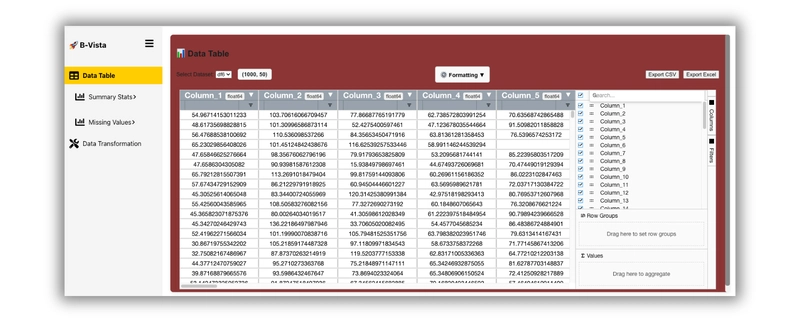

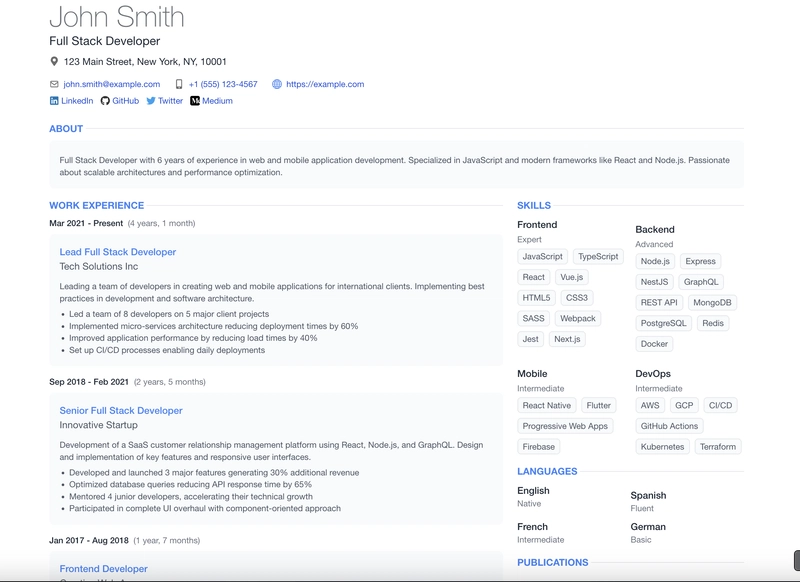











![From Accountant to Data Engineer with Alyson La [Podcast #168]](https://cdn.hashnode.com/res/hashnode/image/upload/v1744420903260/fae4b593-d653-41eb-b70b-031591aa2f35.png?#)






























































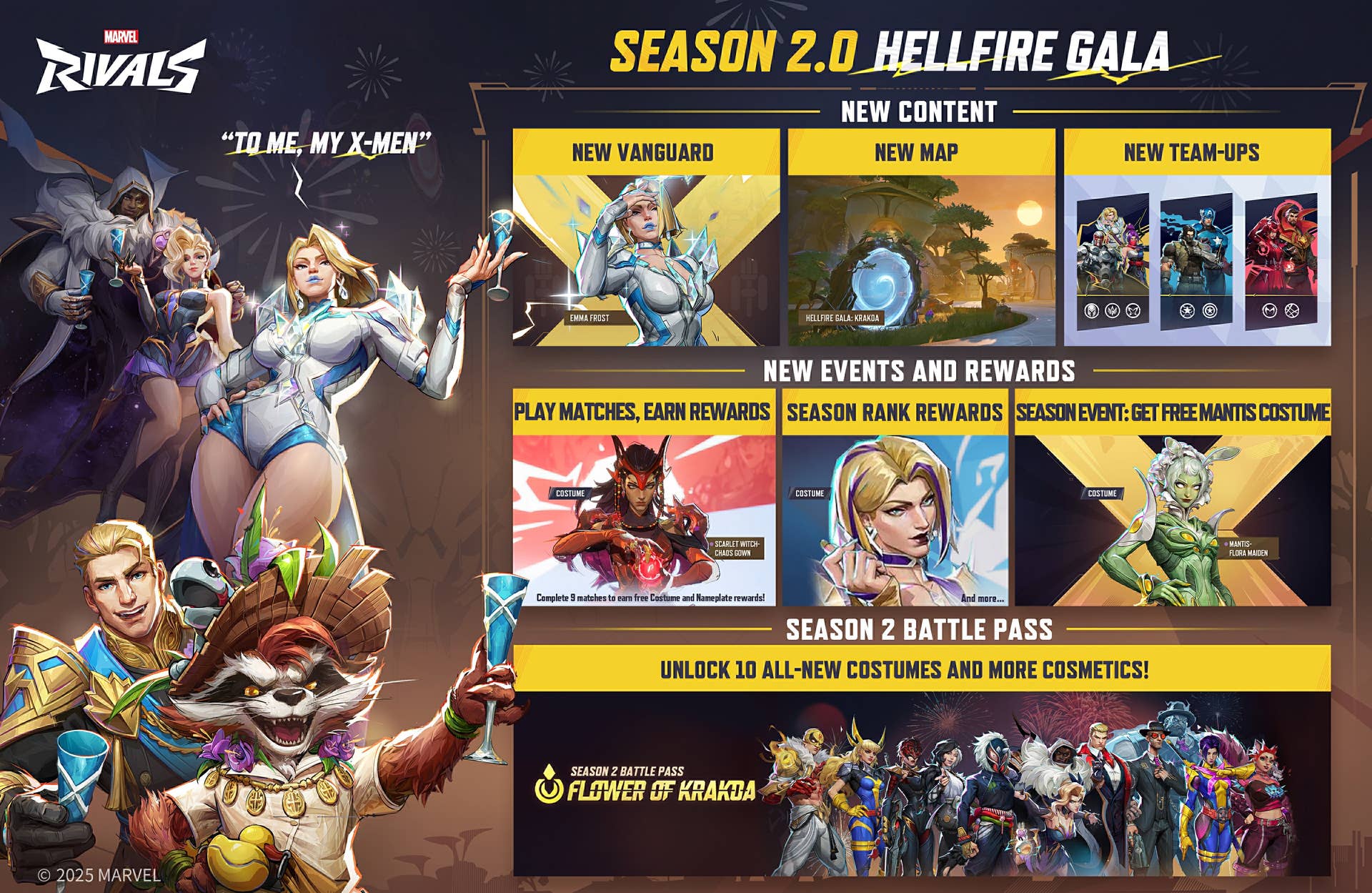







































.png?#)















































































































































![Apple Posts Full First Episode of 'Your Friends & Neighbors' on YouTube [Video]](https://www.iclarified.com/images/news/96990/96990/96990-640.jpg)

![Apple May Implement Global iPhone Price Increases to Mitigate Tariff Impacts [Report]](https://www.iclarified.com/images/news/96987/96987/96987-640.jpg)

















































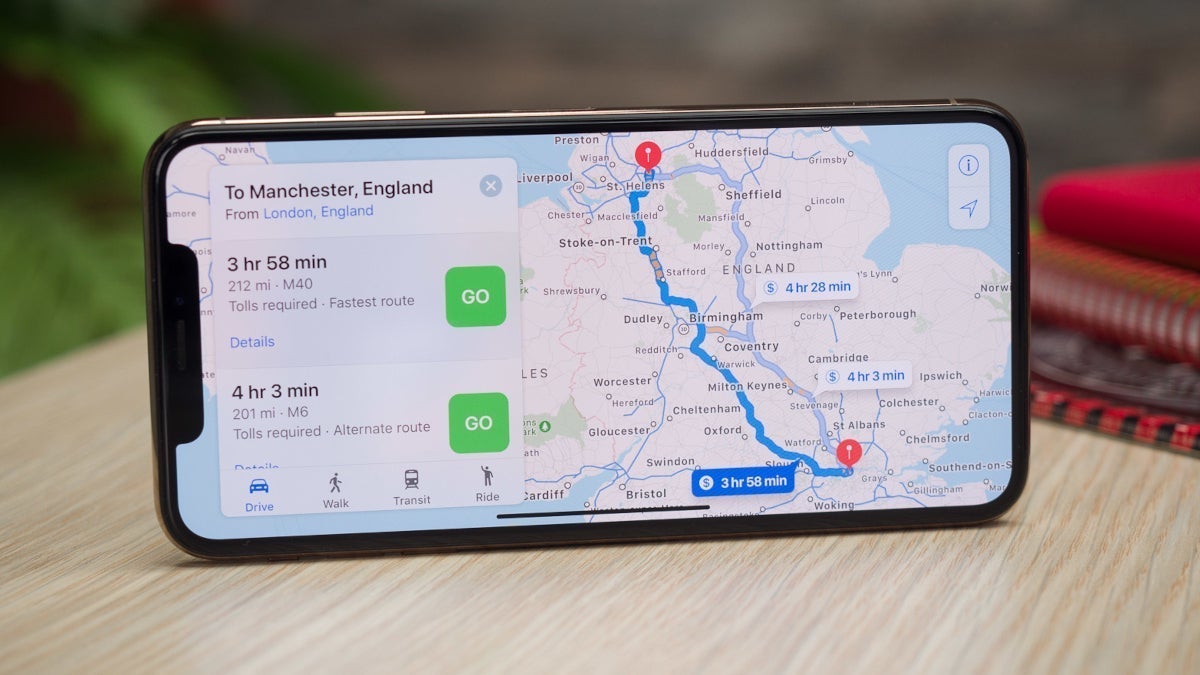














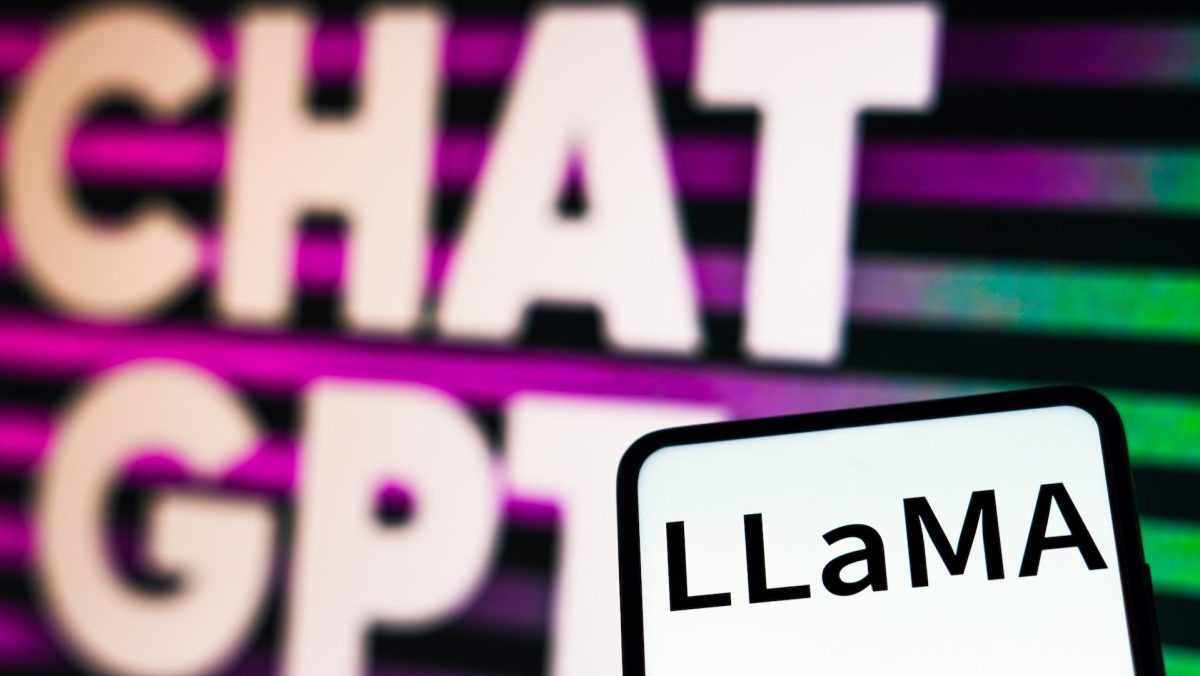































































![What is IBM Watson? A Complete But Short Guide [2025]](https://biglysales.com/wp-content/uploads/2025/02/What-is-IBM-Watson-A-Complete-But-Short-Guide-for-You.webp)
